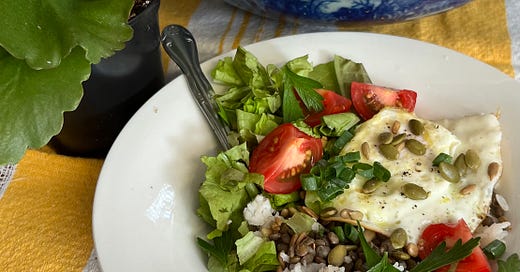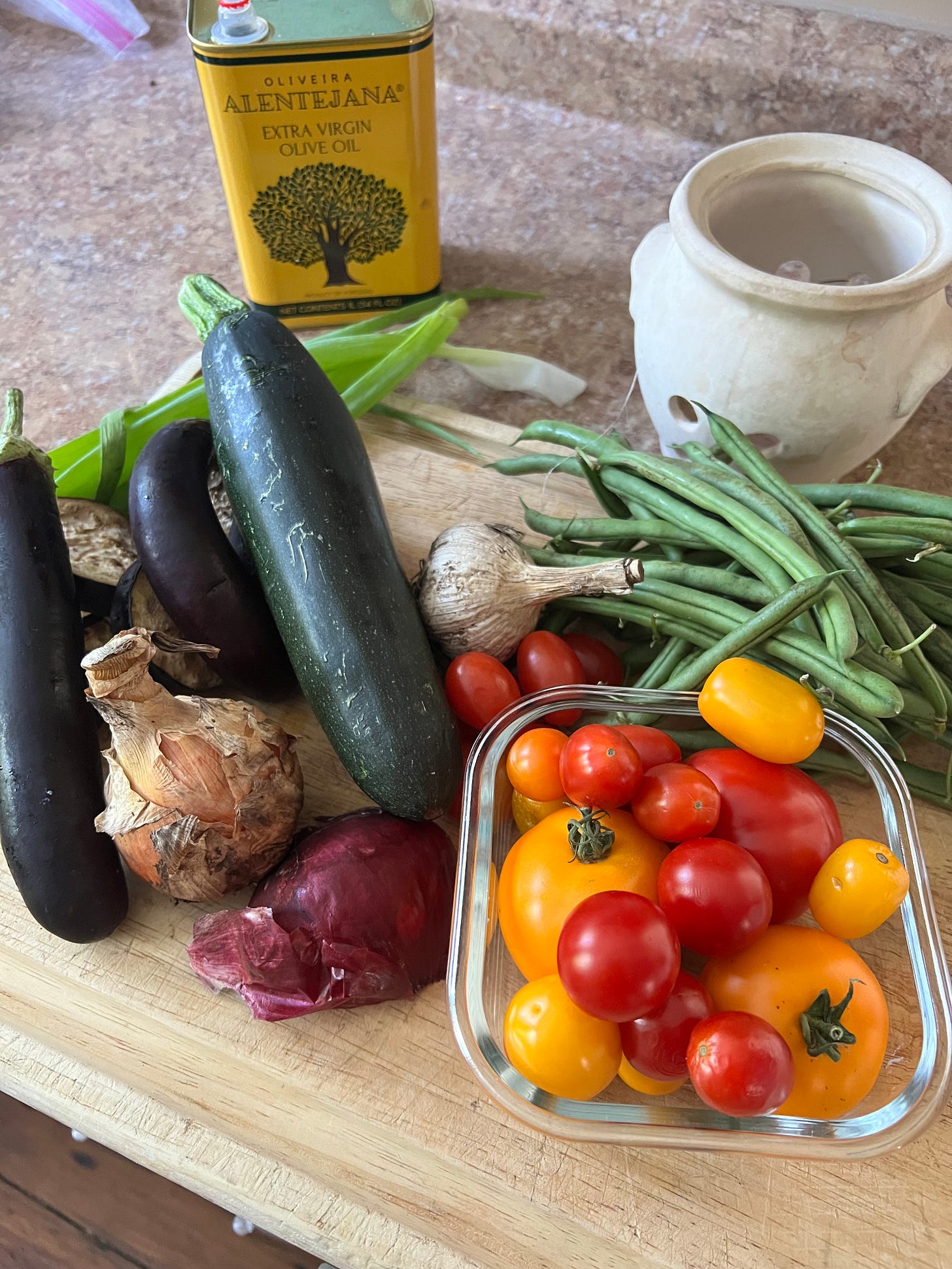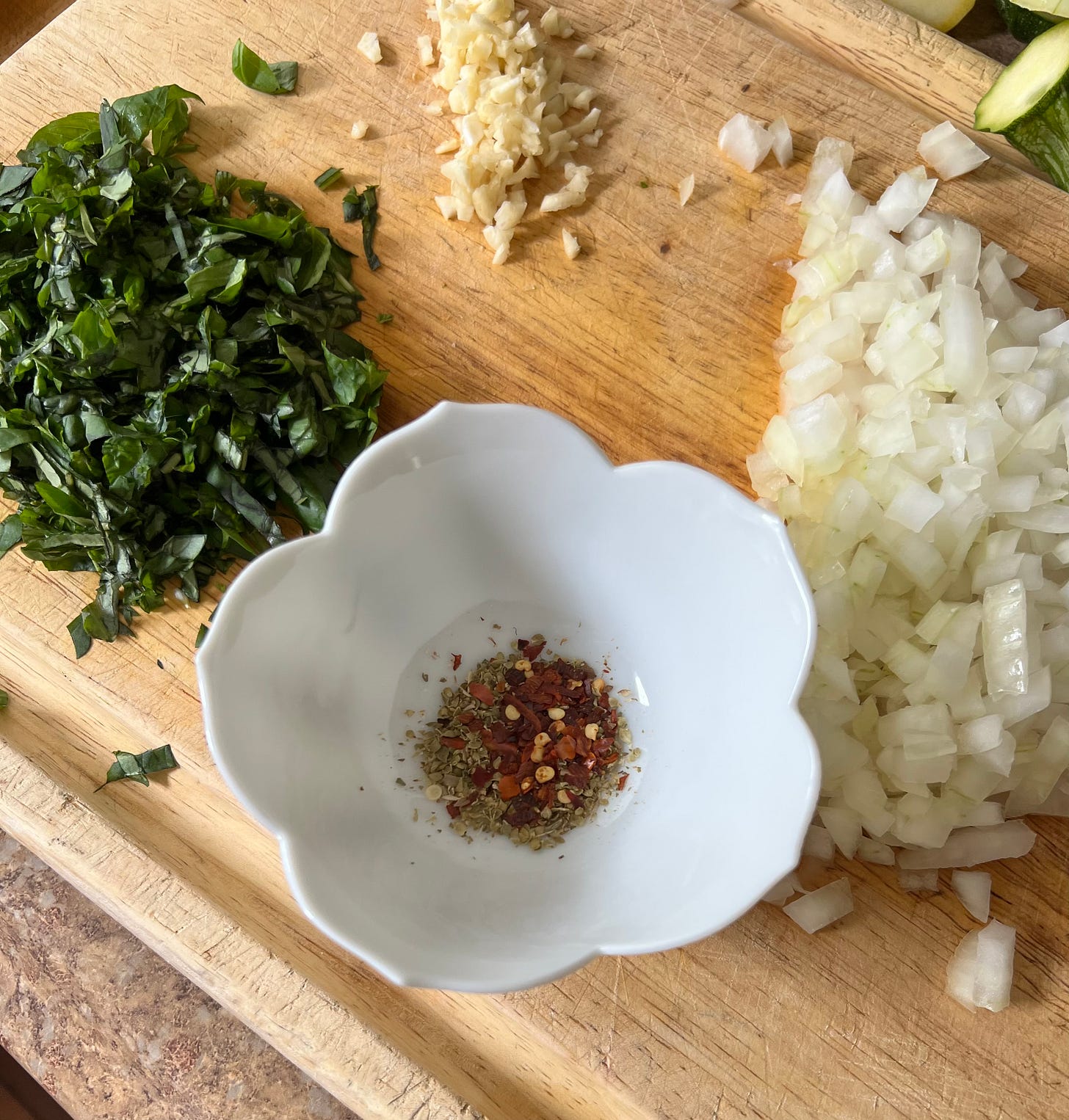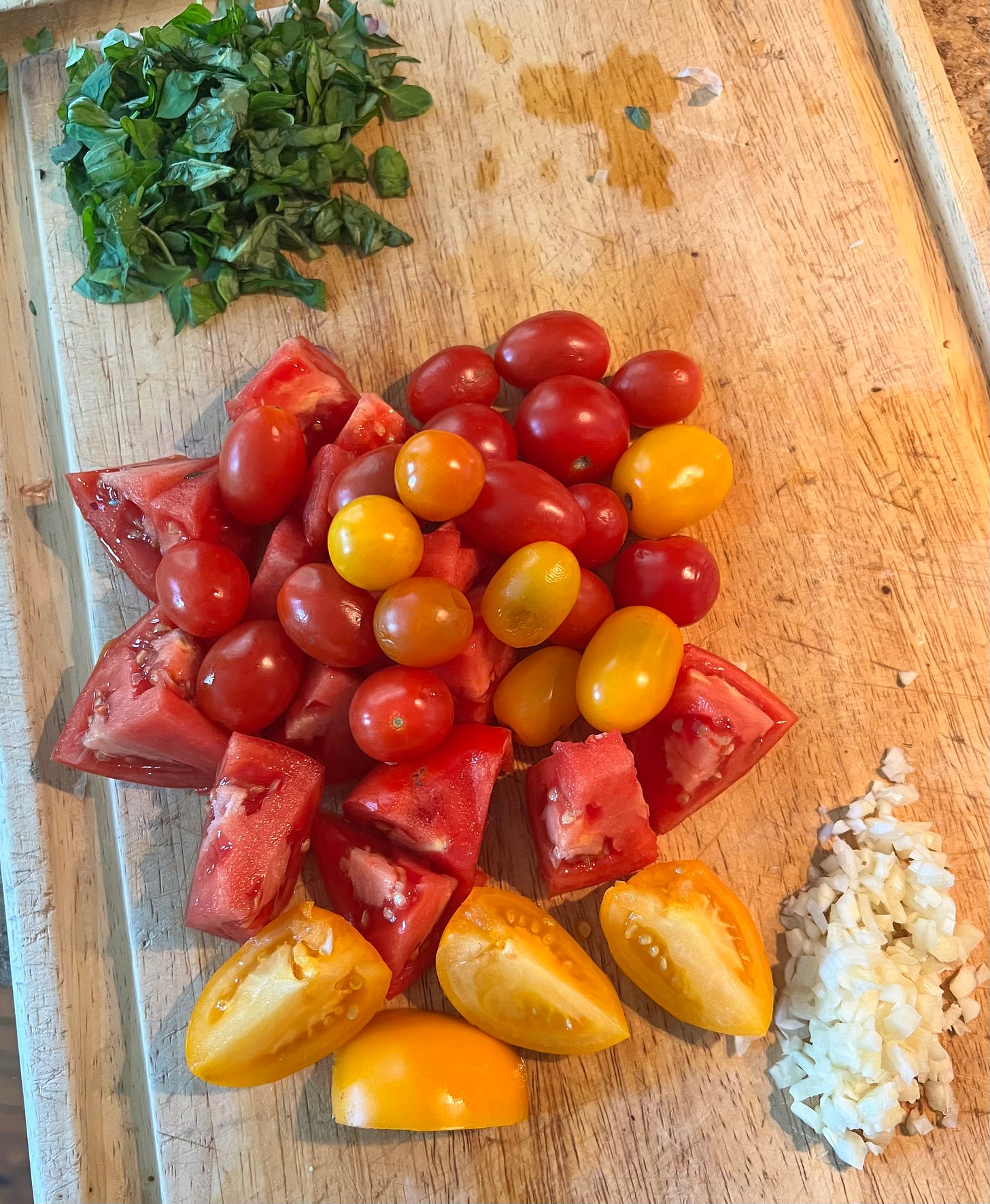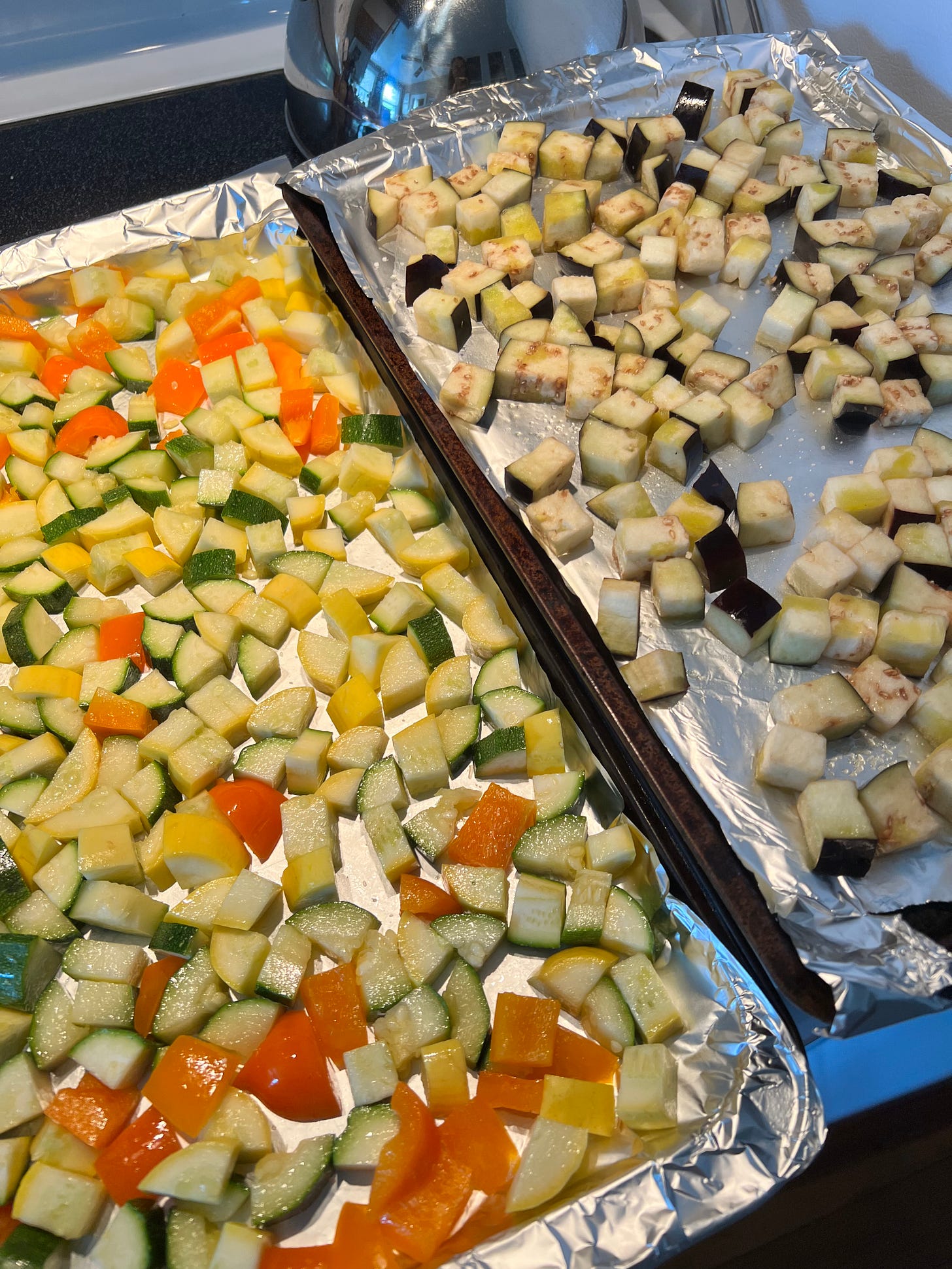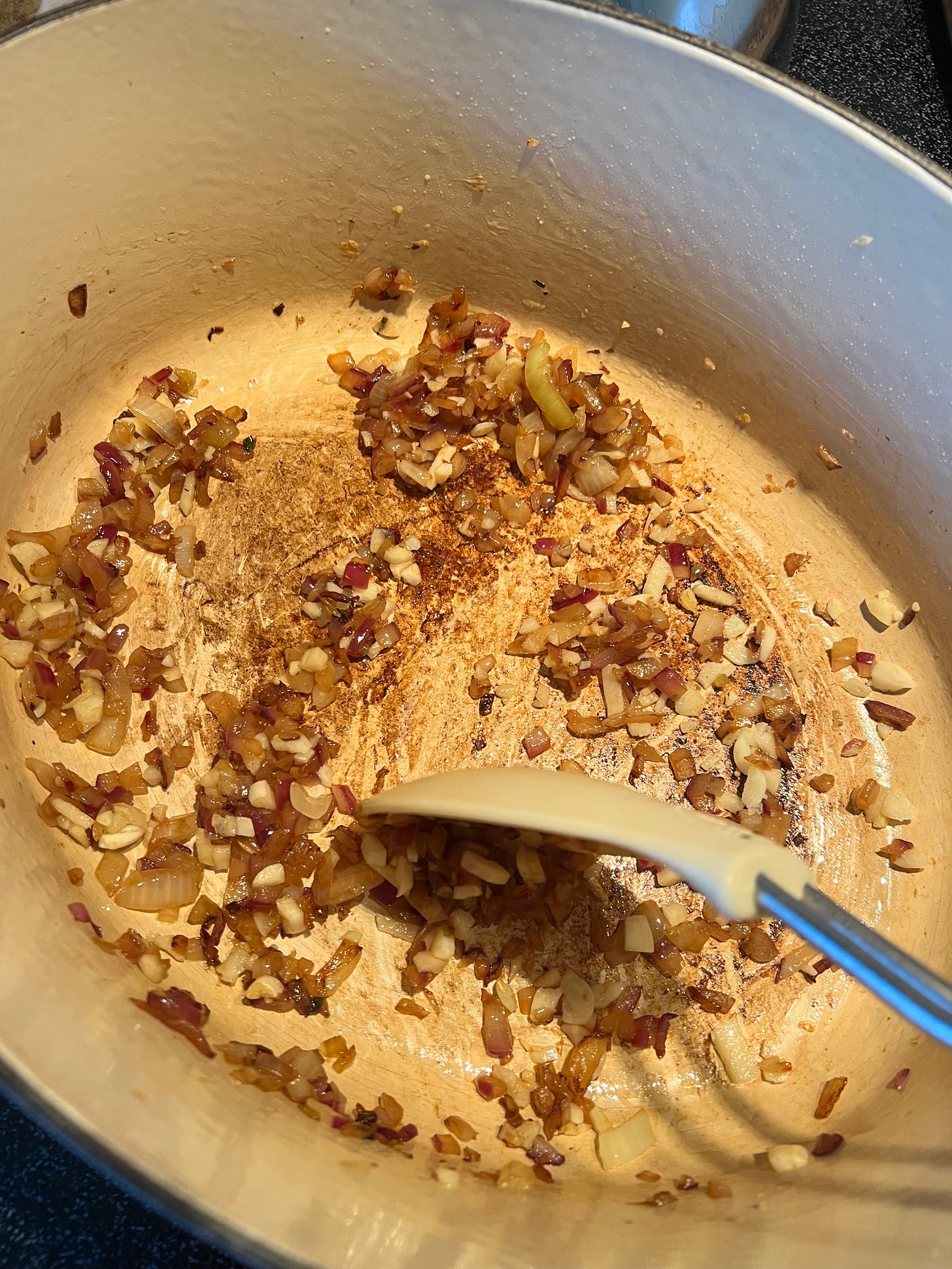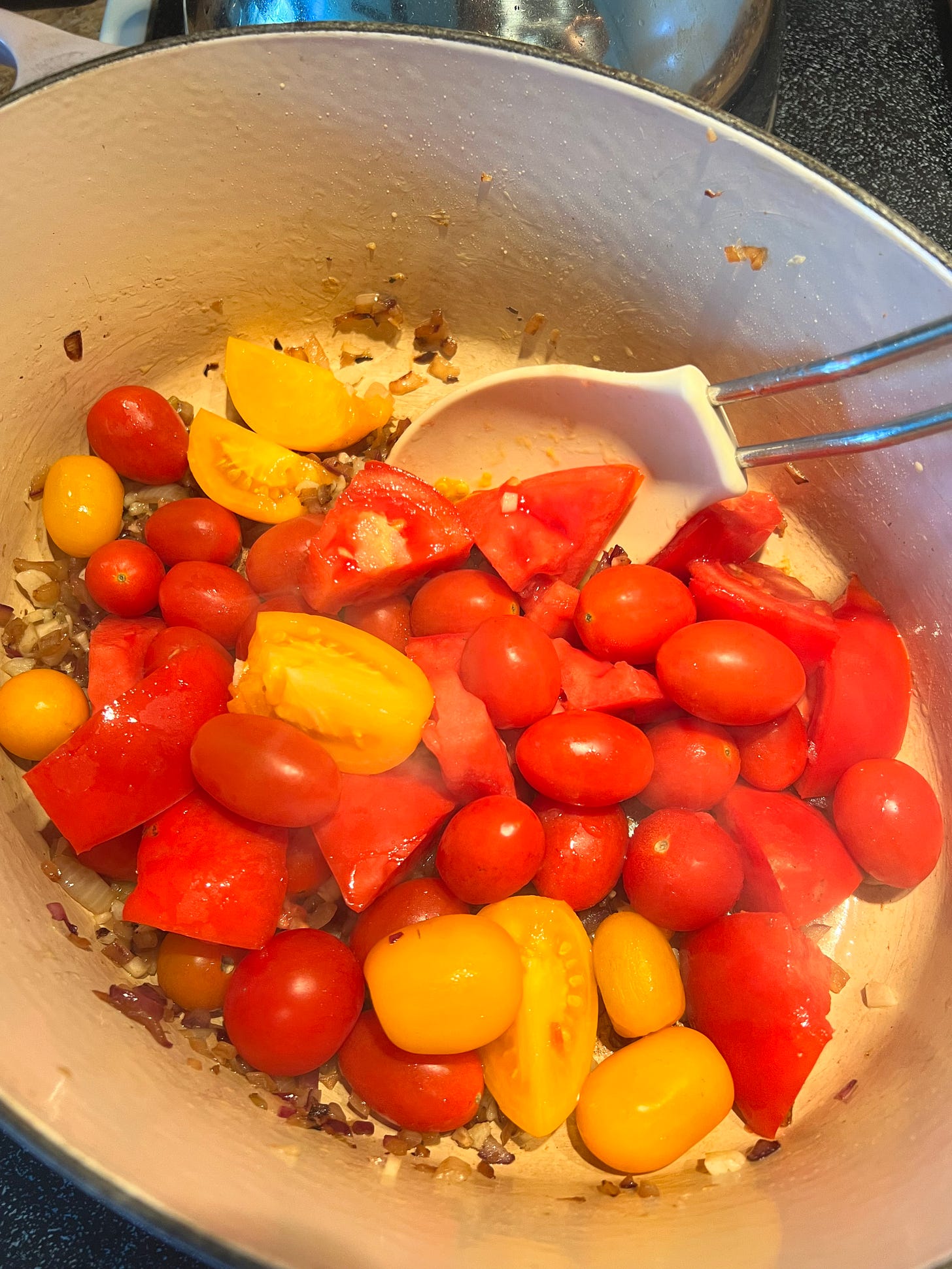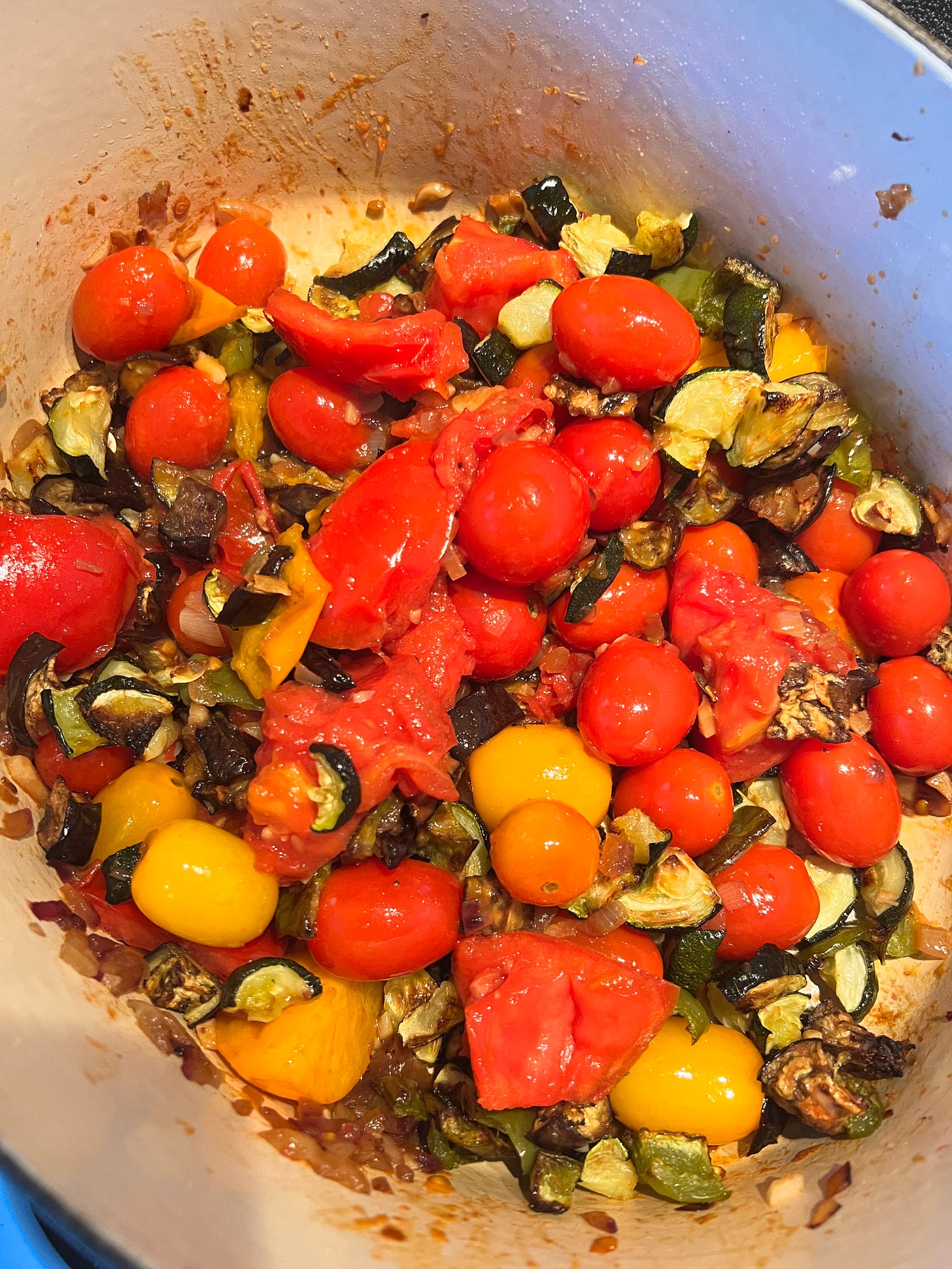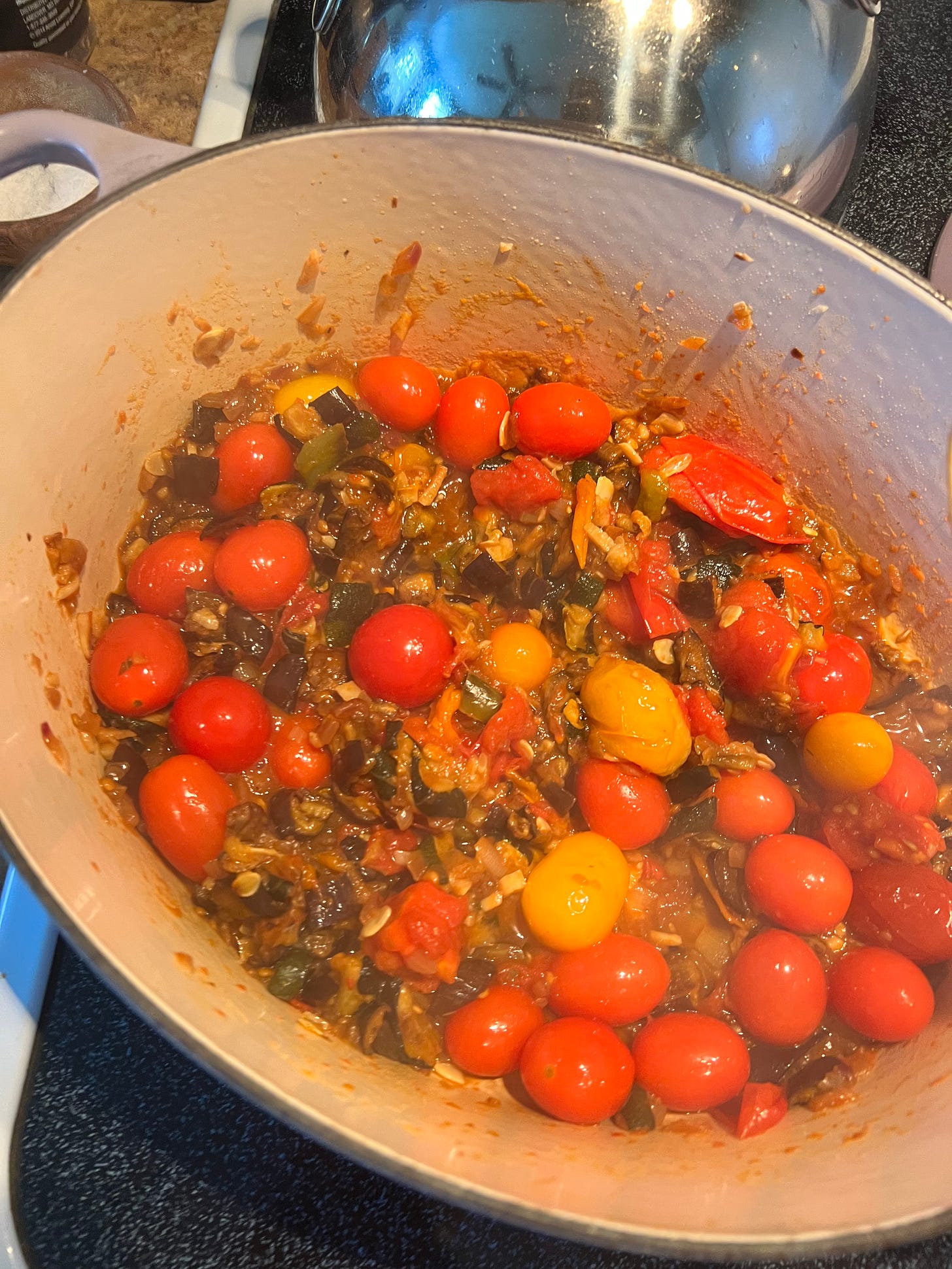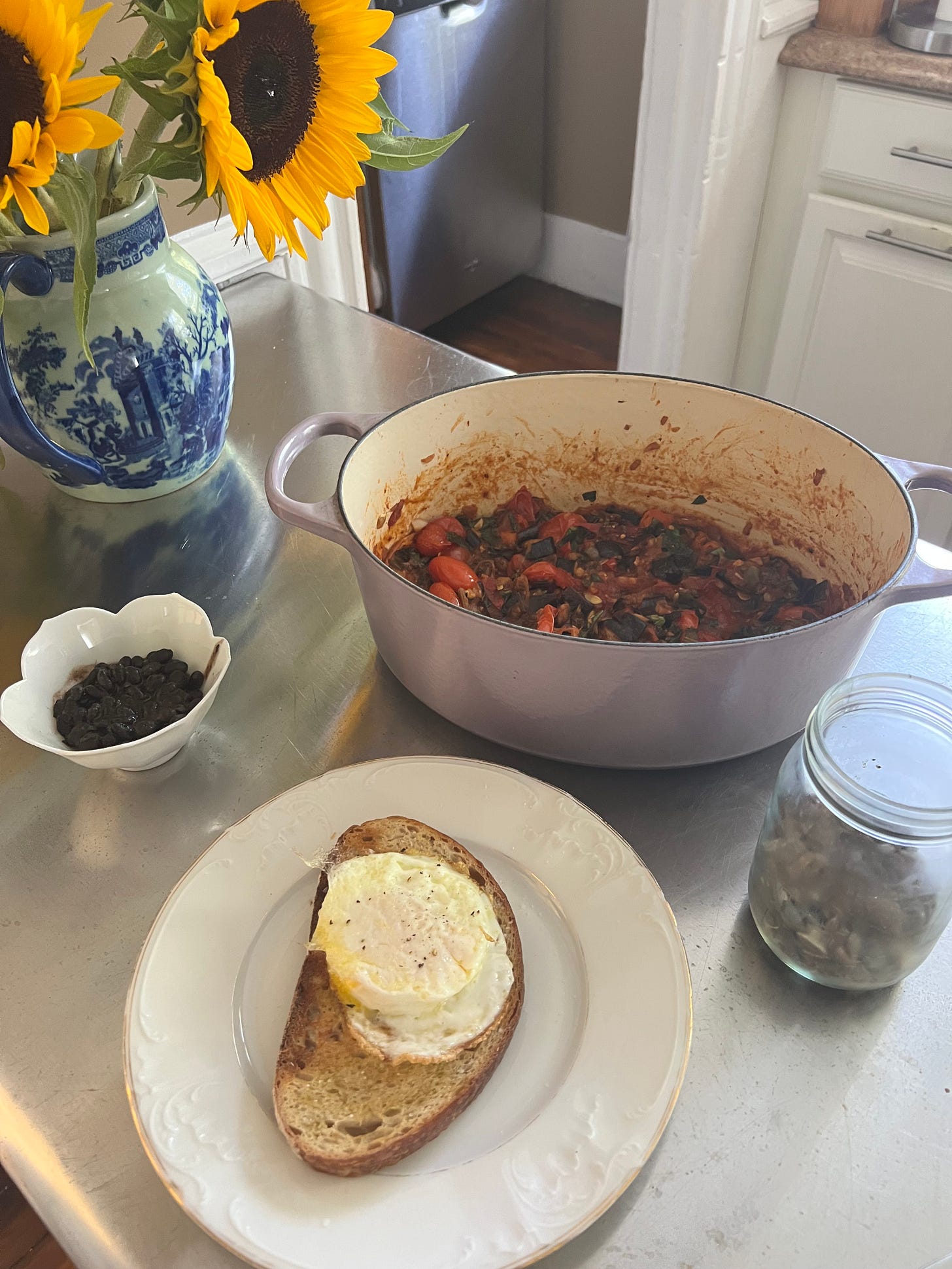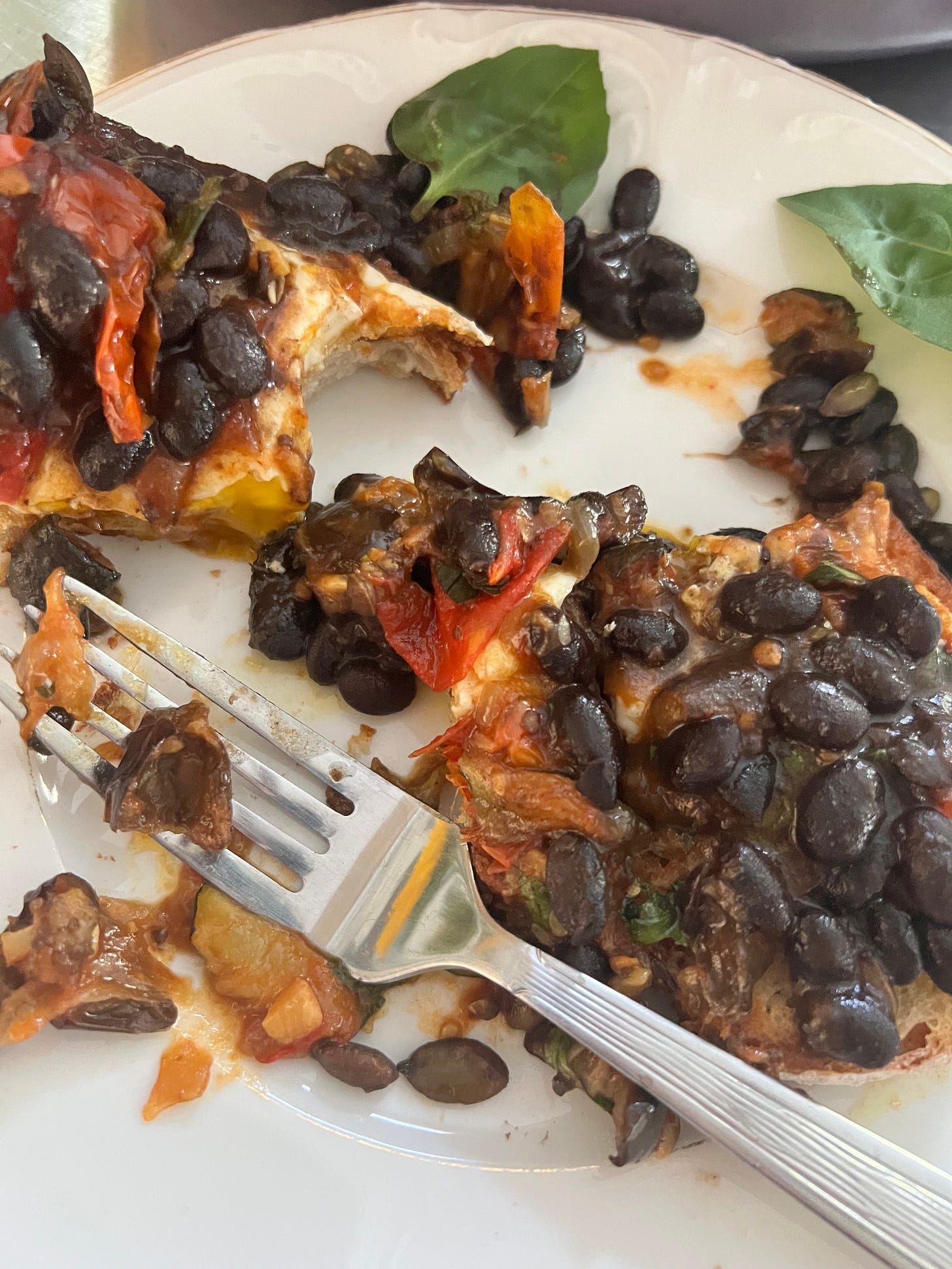I created this Newsletter to assist those people heal their stomach or GI issues with the help of beans. I am having many “healthy” individuals ask if they should be eating beans, too. How many and which type of beans? For each person their definition of healthy may be a bit different. The lens I will look through for this edition is a typical human being who does not have any GI issues in which they have had to see their physician. They eat whatever they choose without worrying about stomach issues.
Protein: How do I get enough?
The first area of interest after inquiring about beans is protein and the amount one would receive if eating beans. That is a fair question. Especially if you have always equated protein through animal protein. If you are trying to add more plant-based options into your daily meals you have come to the right place. The recommended daily allowance of protein is 8 grams of protein per kilogram of bodyweight. This is the minimum amount of protein to prevent sickness. For those of us who use pounds (US), we can also go here, enter a few key numbers and calculate dietary reference intakes regarding our nutrient needs. I tried it and it was helpful to see my numbers. Instead of thinking how can I get more protein, think of the overall diverse meals and how the protein in them adds up because it always adds up.
When I am learning something new I find I like to remember a general rule. A general rule for beans is there are about 8 grams of protein in a ½ cup of cooked beans. There are also 7 grams of protein in a ¼ cup or 1 ounce of nuts (any kind). In the Karen Hurd Bean Protocol it is recommended one eats 1.5 cups of beans per day (½ c at each meal) and 1 cup of nuts each day. Remember, beans and nuts are not to be consumed at the same time.
I went to the online calculator and input my numbers. Age, weight, height, whether I am pregnant/lactating, gender, and how active I am. I choose the option of low activity. I stretch, do myofascial exercises with a ball, lift lighter weights, and walk 3-5 miles a day. I don’t do everything everyday. I mix it up. No high-intensity aerobic exercises. The calculator results indicated that I need 51 grams of protein and 21 grams of fiber.
I definitely eat at least 1.5 cups of beans/day = 24 grams of protein. I only have about ½ cup, at most, of nuts each day which = 14 grams of protein. That totals 38 grams of protein so far. Where am I getting the rest? I usually have 1 egg (6 grams) with my beans and rice (2 g) or quinoa (4 g) and veggies each morning. I added 8 grams of protein (1 egg and ½ cup of rice) to the 38 grams and now I am at 46 g of protein. I did not add in the trace amounts of protein from some of my veggies. If you have seen any of my Instagram posts @startwithbeans or have seen pictures on this blog you know I add seeds, primarily pepitas, to almost everything. 1 oz of pepitas has 12g of protein. If I go light on the seeds and add another 6 g, it takes me to 52 grams of protein total and that is adding only my minimum (1.5 cups) on the beans. It’s usually at least 2 cups. On the days I have a serving of salmon or tuna for lunch or dinner I easily go over my protein intake by alot because 3 oz of either = 21 grams of protein. I have salmon or other fish approximately 1-2 times a month. More if we have guests over or I go out to eat. All this to say with a variety of diverse foods you will hit your protein intake easily with mostly plant-based choices or all plant-based choices.
Which beans would I suggest?
If you have a preference for any type of bean it would be my suggestion you start with that bean. If you do not care for beans or you have never regularly eaten them in your diet I would suggest lentils may be a great place to begin. Small yet mighty in the nutritional area. The type of lentil matters regarding texture. Red lentils get mushy while cooking; they are great in all types of dals/dahls and curries. Cooking brown lentils and adding them to a mushroom gravy is my fall/winter comfort food. Especially when poured over potatoes. Yum. If you prefer to add them to a salad the French lentil (Puy lentil) keeps its shape and is a delicious addition to any salad.
If you prefer to go all in with a regular bean, buying a can of white beans, rinsing and adding some tuna, avocado and red onion would be delicious. Black beans are usually the first bean people try. Add a tsp each of chili powder and cumin, a pinch of smoked paprika, garlic and onion and you will have some tasty beans to have with rice.
If you like to have overnight oats and you add nuts and berries to your bowl it is a very satisfying meal. You can add a ¼ cup of lentils to the overnight oats and that would easily give you an impressive bean serving in the morning and help to move the food along the digestive tract.
What else do I add to my plate so my palate is not bored?
Go to the local market or farmers market (if you have one near you) and see what is in season. It's summertime in the northeast so we are eating corn, tomatoes and cucumbers by the pound into September. There are also green beans (no soluble fiber like the legumes I mentioned above but delicious.) beets, eggplants, zucchini and summer squash. All kinds of greens and herbs, potatoes and did I mention corn!
Fermentation:
What about the gas? It's like a middle school boys locker room over here.
Not for long. Stay with it. If you have tried beans before and you have gotten gassy and uncomfortable and quit, now is the time to try again. I am rooting for you and your happy GI tract once you stick with it. What you are experiencing first-hand is fermentation.
For my naysayers out there I am hoping if you are armed with the knowledge you will give it another try.
Fermentation is the bean's secret dance. Scientifically speaking, fermentation is a metabolic process where microorganisms, like bacteria and yeast, convert carbohydrates (sugars and starches) into other compounds. In the case of beans, it's like a mini fiesta where these microorganisms break down complex sugars and starches into simpler molecules. This magical process creates gas as a side effect – think of it as a little bean symphony in your tummy. When you first start to eat beans your stomach has not adapted to this type of fun yet. All of the food that normally sits in your belly is being activated. As you continue to eat beans and the flow is happening daily it is very normal to NOT have any gassy side effects. What you will have is one clean GI tract and amazing regularity each day. You’re welcome.
I hope you start or continue if you are hedging. Fear not, here are some tips to help you lower the chances of bean-induced musical performances:
Soak and Rinse: Give your beans a pre-party soak in water for a few hours or overnight. Then, rinse them well before cooking. This helps reduce some of the gas-producing compounds.
Cooking Techniques: Cook beans thoroughly. I like to boil (15 minutes) simmer (~45 minutes or more, depending on size and age of the beans). Some use an Instant Pot or pressure cooker (I have not) but all of these methods can help break down those gas-causing elements.
Go Canned: Canned beans are often cooked longer during processing, which can break down some of the gas-causing compounds. Just remember to rinse them thoroughly before using.
Gradual Introduction: Don't go all-in on the bean bash right away. Gradually introduce beans into your diet. One spoonful or maybe one bean at a time. Your tummy needs time to adjust to the new bean buddies. If you go slowly you will adjust.
Herbs and Spices: Add herbs and spices like cumin, ginger, or fennel to your bean dishes. These can help ease digestion and add a burst of flavor.
Embrace the toots and remember, Start with Beans!
Recommended Recipe
Ratatouille-Inspired by Cookie and Kate
We are entering the last few weeks of summer. Many schools have started back up and we wonder about the best ways to consume all of the beautiful veggies our gardens are supplying. One such method is to grill and enjoy our caramelized veggies for many meals.
On this day it was overcast and a little chillier than a normal summer temperature. I looked at my produce and immediate thought…Cookie and Kate’s Ratatouille. She has a no fail recipe and whether I have all the ingredients (I didn’t) or not, it is always delicious. My girlfriend also uses the same recipe and we rave about it.
Here’s some of what my counter looked like. I had green beans and only a small amount of pepper. I ended up omitting the green beans but feel free to add if you have them. My zucchini may not have been as much as I should’ve had so I made probably a little less than her recipe calls for but I adjusted because I added other ingredients. This recipe is very adaptable to what you have.
Ingredients as listed on Cookie and Kate’s recipe—You should have the original.
2 pounds ripe red tomatoes (6 medium or 4 large) I had a lot of cherry tomatoes
1 medium eggplant (1 pound), diced into 1/2-inch cubes Again, I had a number of smaller eggplants.
1 large red, orange, or yellow bell pepper (about 8 ounces), cut into 3/4-inch squares I was very lacking in this area, I had a green pepper and a small amount of a brighter one.
1 medium-to-large zucchini (about 8 ounces), diced into 1/2-inch cubes
1 large yellow squash (about 8 ounces), diced into 1/2-inch cubes
5 tablespoons + 1 teaspoon extra-virgin olive oil, divided
3/4 teaspoon fine sea salt, divided, more to taste
1 medium yellow onion, chopped
4 cloves garlic, pressed or minced
1/4 cup chopped fresh basil
1/4 teaspoon red pepper flakes, more or less to taste
1/4 teaspoon dried oregano
Freshly ground black pepper, to taste
Kate’s recipe has us grate or food process the tomatoes. I chop and throw them in the pot as you see them above. It all breaks down in the pot. Saves a few steps and the result is fantastic without the bloody knuckles.
Preheat the oven to 425 degrees Fahrenheit with one rack in the middle of the oven and one in the upper third of the oven. I lined two large, rimmed baking sheets with foil (you can use parchment paper, too) for easy clean-up. If not, no worries.
Place the chopped veggies on the two pans. Keep the eggplant separate from the rest as it cooks faster. Toss the eggplant with 1-2 tbsp of olive oil. Just to coat, not dripping. The same with the other veggies. Add a pinch of salt to each. Place the eggplant on the center rack and the zucchini sheet on the top third rack. Set the timer for 15 minutes.
While the veggies are roasting in the oven let’s start cooking on the stove. Place your heavy pot or dutch oven on the stove top and heat up for a couple of minutes. Add 2 tbsp of olive oil and once that heats add the onion and a good pinch of salt. Sauté. Cook and stir for 8-10 minutes. You will see the onion get translucent and start to caramelize. Time to add the garlic.
My onions above appear very caramelized. They are not. I had some red onion mixed in because that is what I had and it was delish. You will smell the aromatics of the garlic, that is when you know it is time to add your tomatoes.
Stir and loosen any scraps sticking to the pot. Turn the heat to medium low and allow the tomatoes to simmer. You don’t want them sticking or all of the juices to evaporate but some of the juice will.
Meanwhile the veggies have been roasting in the oven. When the timer goes off, mix each sheet around, redistribute and swap placement in the oven for another 10 minutes for the eggplant and 15-20 more for the zucchini and summer squash.
When the eggplant has finished, add it to the tomatoes on top of the stove and stir. The zucchini, bell peppers will continue roasting and once it is finished add to the dutch oven and stir for another 5 minutes to allow the sauce to meld. You can see I added cherry tomatoes, if they have not opened yet put a little pressure on the tomato with the back of your wooden spoon and they will split to incorporate with the sauce.
Next, take the pot off the heat. Add the red pepper flakes, the fresh basil and oregano. Stir. I did not add any more olive oil like it is written in the Cookie and Kate recipe but please do as you wish. Season to taste with salt and pepper. Eat as is or…
What I did is add beans and an egg because I ate this for breakfast! You could also add to some grilled or toasted bread. Mmm, mm. Normally, I would suggest that you add your favorite bean to put with this ratatouille. Any bean goes well. I like white beans best with this, a lima or an alubia blanca/cannellini bean. I had made beautiful black beans from scratch the day before so black beans are what I used with a sprinkle of pepitas and of course a crunchy piece of sour dough.
And I enjoyed every last bite. I hope you do, too.
Contact
If you have any additional questions on the bean protocol, getting enough protein, fermentation and adding beans gradually please email me at Denisemancieri1@gmail.com. Feel free to comment below if there are topics you would like to see.
Please like this newsletter by clicking the heart emoji if you find it may assist you or others. Thank you!
Note: I am not a doctor. I am a teacher and an educator with an earned doctorate in educational leadership. I enjoy research and I can take large amounts of information and parse it out into easily understood and digestible steps so people understand what is happening to their body and possible steps to reverse it with food as medicine. I have healed my own GI issues through choices with food. I followed Karen Hurd’s bean protocol diet, I meditated and still do and I healed. I feel compelled to be in service and educate others as the more people eating beans, alongside a healthy diet and sharing their stories the more people will live a healthier existence. Joy, peace and freedom abound. Please see your doctor and discuss nutritional options before you change any course of action with your health.

